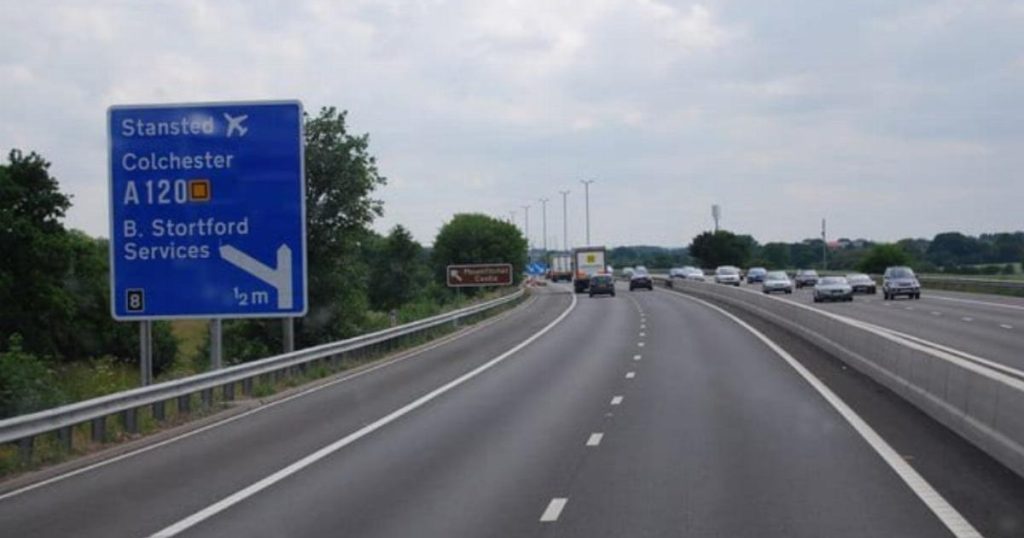Traffic and Travel Disruptions Across the UK
A series of unfortunate incidents have converged to create widespread travel chaos across the UK, affecting roadways, railways, and even the London Underground. A major crash on the M11 southbound near Stansted Airport has caused significant delays and congestion. The collision, involving two vehicles, resulted in a fuel leak and subsequent fire, necessitating a motorway closure and lengthy diversions. Drivers heading to the airport are advised to allow extra time for their journeys and consider alternative routes. This incident has further compounded the travel difficulties caused by the aftermath of Storm Darragh.
Storm Darragh, which prompted a "danger to life" red weather warning from the Met Office, left a trail of destruction across the UK’s rail network. Fallen trees and damaged overhead electric wires have caused widespread delays and cancellations, impacting at least seven different rail operators. Passengers are encouraged to check the status of their journeys before traveling and be prepared for potential disruptions. Compensation may be available for those whose travel plans have been significantly affected by the storm-related delays. The storm’s lingering effects combined with other unrelated incidents have created a complex travel situation.
Adding to the travel woes, London Underground commuters are facing disruption on the Piccadilly line for the second consecutive week. The ongoing suspension of service between Rayners Lane and Uxbridge is attributed to "poor rail conditions caused by significant leaf fall.” While TfL implements its annual leaf-management plan, which includes vegetation clearance and specialized engineering trains, the high volume of leaves creates slippery tracks and poses a risk to train wheels, necessitating service adjustments. Passengers are urged to seek alternative routes or allow extra travel time. This recurring issue highlights the challenges faced by transport networks in managing seasonal conditions.
Beyond these major incidents, other disruptions are plaguing the transport network. A problem under investigation between London Blackfriars and St Pancras International is causing delays and cancellations on Thameslink services. Passengers are advised to seek alternative routes or expect extended journey times. Meanwhile, a faulty train has disrupted services between Maidenhead and Bourne End, while a vehicle striking a railway bridge has caused delays for Merseyrail trains between Liverpool Central and Southport. Elsewhere, a fallen tree is causing significant delays between Oxted and Hurst Green, impacting Southern and Thameslink services. These localized incidents underscore the vulnerability of transport systems to unforeseen events.
In addition to the transportation disruptions, technological issues further complicated travel plans. Passengers attempting to check in for Ryanair flights experienced difficulties as the airline’s app and website were temporarily unavailable. While the issue has since been resolved, it caused frustration and added stress for travelers already grappling with the widespread disruptions. This incident highlights the increasing reliance on technology for travel and the potential consequences of system failures.
The confluence of these incidents – the M11 crash, Storm Darragh’s aftermath, ongoing London Underground issues, localized disruptions, and temporary technological failures – has created a challenging travel environment for commuters and travelers alike. Staying informed about the latest updates, checking travel status before embarking on journeys, and considering alternative routes are essential for navigating these disruptions effectively. The widespread nature of these issues highlights the interconnectedness of transport systems and the importance of robust contingency plans to mitigate the impact of unforeseen events.


